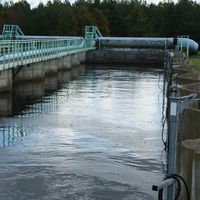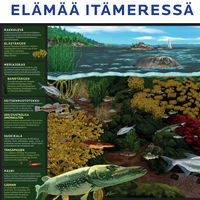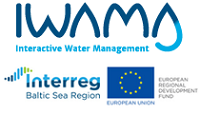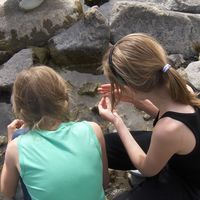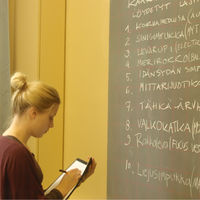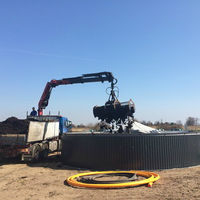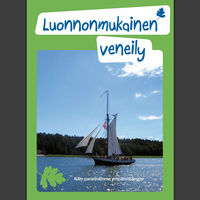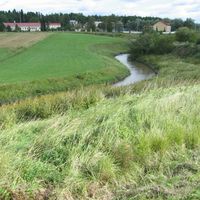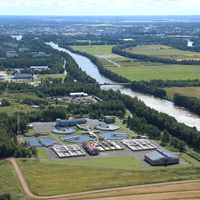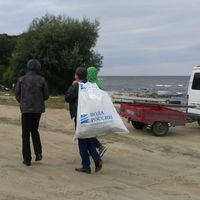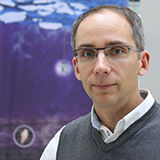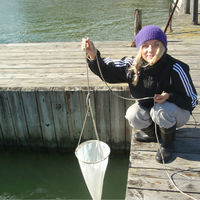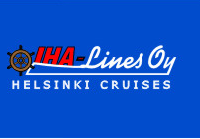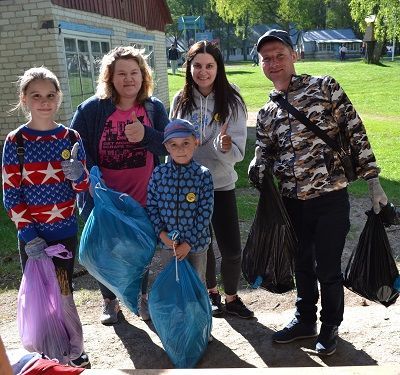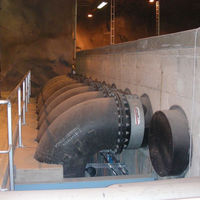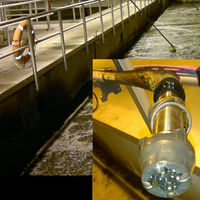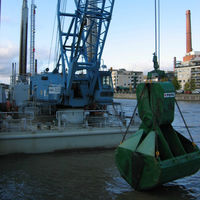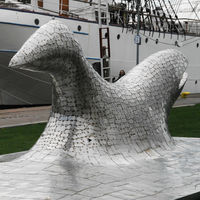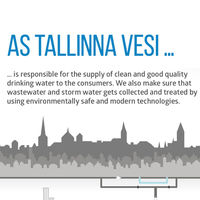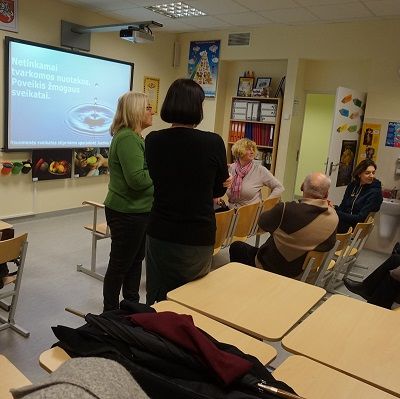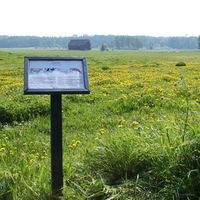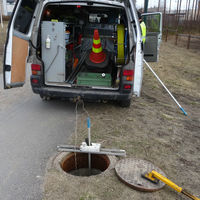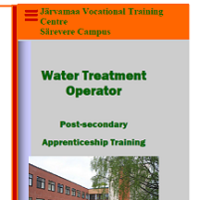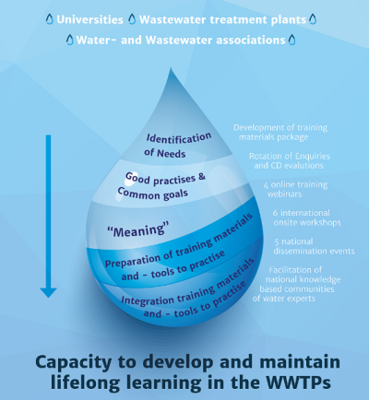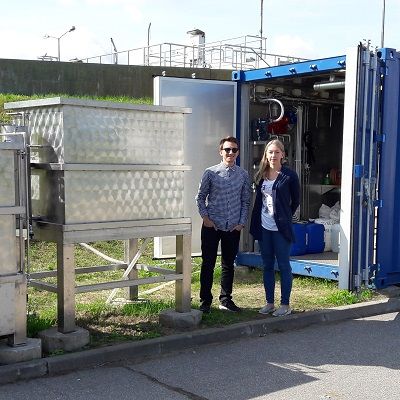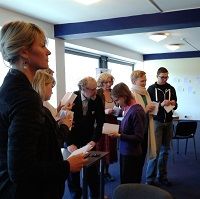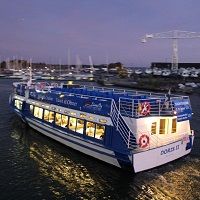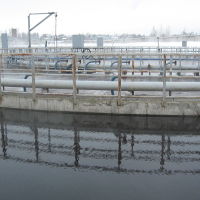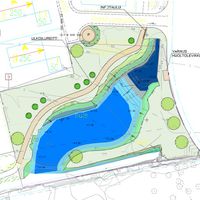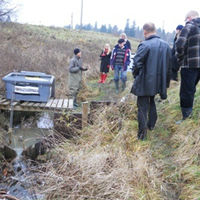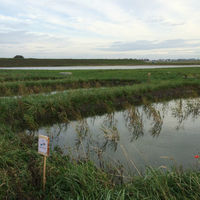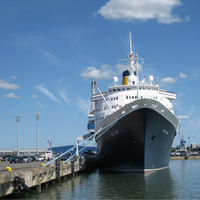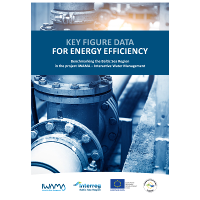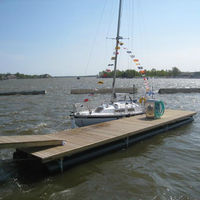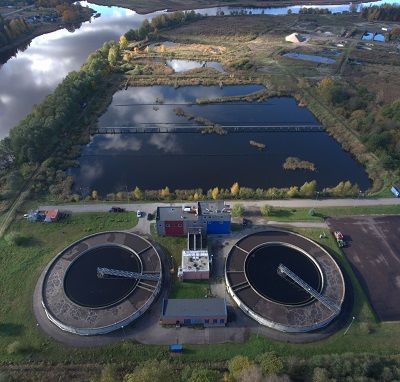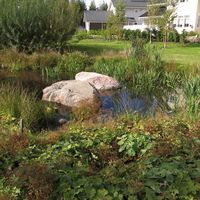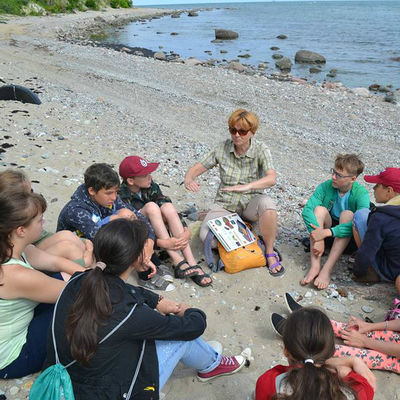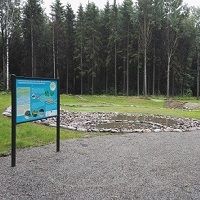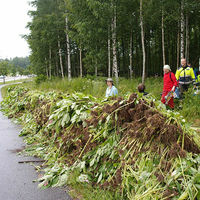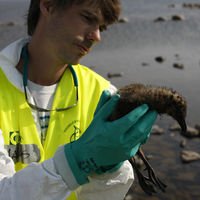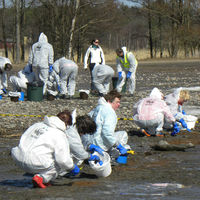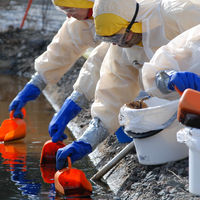Bank of Actions
Are you seeking examples or inspiration for water protection? There are plenty of potential actions to choose from! The Bank of Actions will provide your organisation with concrete ideas and examples of water protection activities implemented by organisations in the Baltic Sea Challenge network. You can browse these according to the theme, type of actor, country, year or keyword.
 |
Join the Baltic Sea Challenge network by committing to water protection work, and gain the benefits of an international expert Network. Read more about the Baltic Sea Challenge and how to join the network. |
 |
The Bank of Actions is always open to ideas for new actions. Is your organisation already a member of the Baltic Sea Challenge network and does it have good examples of water protection measures that it would like to share? Tell us about the work that you do, by filling in this form. We will put your action on the map! |
![]() Agriculture
Agriculture
![]() Awareness raising
Awareness raising
![]() Hazardous materials
Hazardous materials
![]() Littering etc.
Littering etc.
![]() Oil spill prevention
Oil spill prevention
![]() Research and monitoring
Research and monitoring
![]() Shipping and boating
Shipping and boating
![]() Stormwater management
Stormwater management
![]() Strategies and programs
Strategies and programs
![]() Wastewater management
Wastewater management
![]() Other
Other
![]() Drainage basin
Drainage basin
Artificial turfs for sports parks
Actor: City of Helsinki ● Year: 2010 ● Address: Mäkelänkatu 70, Helsinki, Finland
The Sports Department of the City of Helsinki has installed two artificial turfs at the sports parks in the Helsinki area.
Description
At the sports park of Käpylä district, one turf was replaced by an artificial one and the sand field of the Vuosaari’s sports park got covered by an artificial turf.
Benefits
Natural grass as a sports base requires a lot of intensive care which means regular watering and the use of fertilisers. This easily leads to the discharge of nutrients to the surface water systems and strains the environment. Sand fields as sports bases often require minerals, such as a rock salt to bind sand material to prevent excessive dusting of the sand. Also this can lead to the entrance of minerals to the water systems.
Using the artificial turfs does not strain the environment because it does not require the use of fertilisers or minerals. The load to the water systems caused by an artificial turf is non-existent compared to the natural turf.
Background information
The action is totally voluntary. The Sports Department of the City of Helsinki wanted to reduce the diffuse loading from the turfs and sand fields and to reduce the resources necessary for maintaining the sports fields. The artificial turfs are big investment for the department but the environmental and financial benefits are obvious.
Further information
Name: Hannu Airola ● Email: hannu.airola (a) hel.fi ● Web page: www.hel.fi/liv


